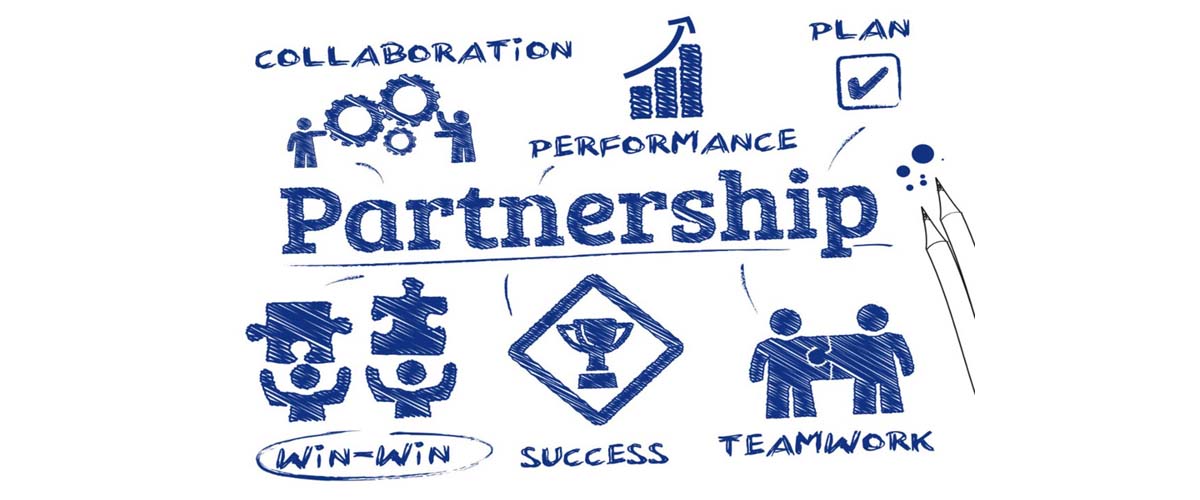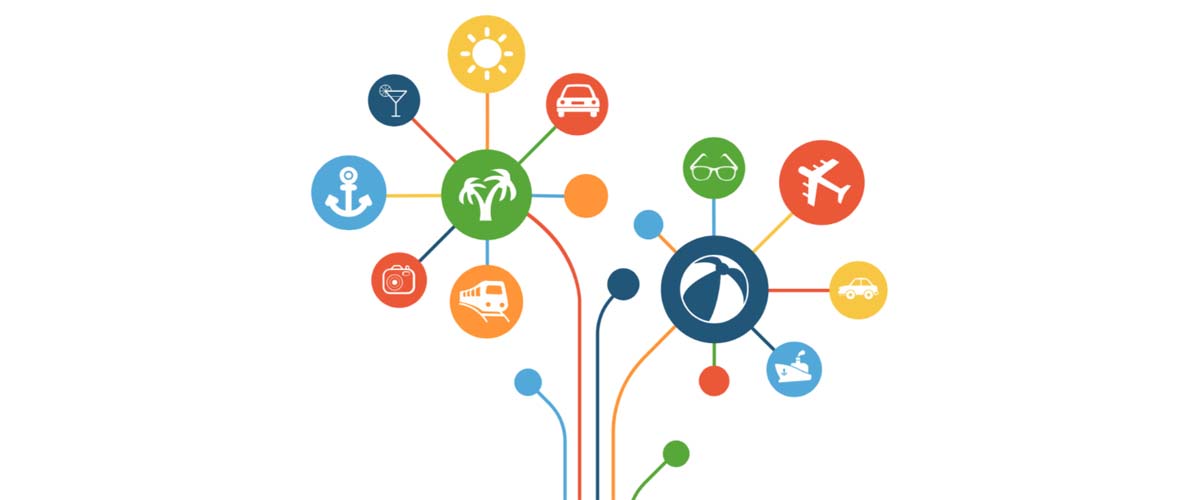Let’s introduce the following traits to categorize the multiple facets of a strategic partnership: vision & strategy, values, investment, planning & management systems, communications, risk, and reward. The first two elements are the basis for “Why” to have a partnership. The remaining five are the “How” to manage the partnership. These form the expanded domain for developing and maintaining a strong and viable partnership. In fact, each facet must also be “shared” between the parties to truly reflect the nature of this more intimate relationship.
The most fundamental aspect of a relationship between two companies is the vision both have for their businesses. These visions of what it takes to be successful in their respective markets must align or overlap to ensure that the partnership can develop and remain strong. The relationship must embrace the strategic plans of each entity or it will suffer under the stress of everyday business.
One example is in the world of out-sourced software development. For a relationship between two partners to be viable and value-generating, there must be a clear understanding about intellectual property ownership, market exclusivity, and more. If the partner who performs the work on behalf of the customer attempts to parlay the work they are paid to do into their own market entry, it would undermine the relationship completely.
The shared vision and strategy in this example is one where access to valuable intellectual skills is required by one party to be successful and offered by another. From the other vantage point, skills to complement the core investment by the buyer are essential for market success.
Values are the foundation for the identity of a company and its employees. Corporate values are the “persona” that is presented on a daily basis by the company(ies) and how it engages in and around itself. Corporate social responsibility, employee/labour relationships, sustainability, and other factors are part of each company’s values. The most robust partnerships will exist when companies have values that are aligned and can be shared. Values are the underpinning that catalyses a strong relationship.
The strategic supplier partnership is the pinnacle of supplier relationships and takes a more holistic management approach to be successful. When making decisions about very strategic engagements, consider each of the above elements to ensure that the partner selection is well-founded.


